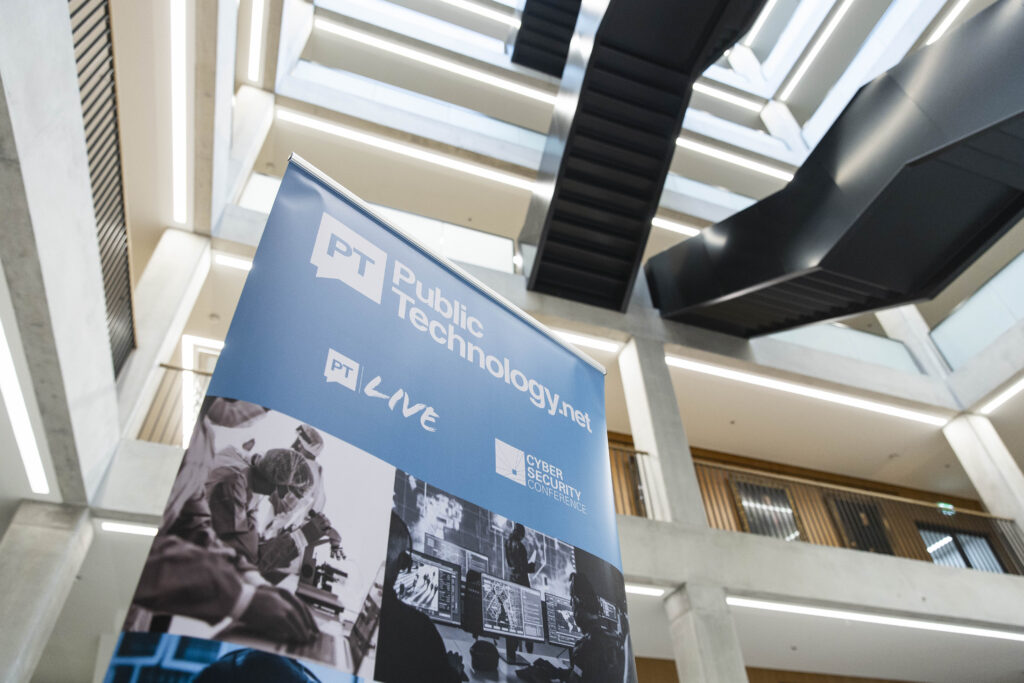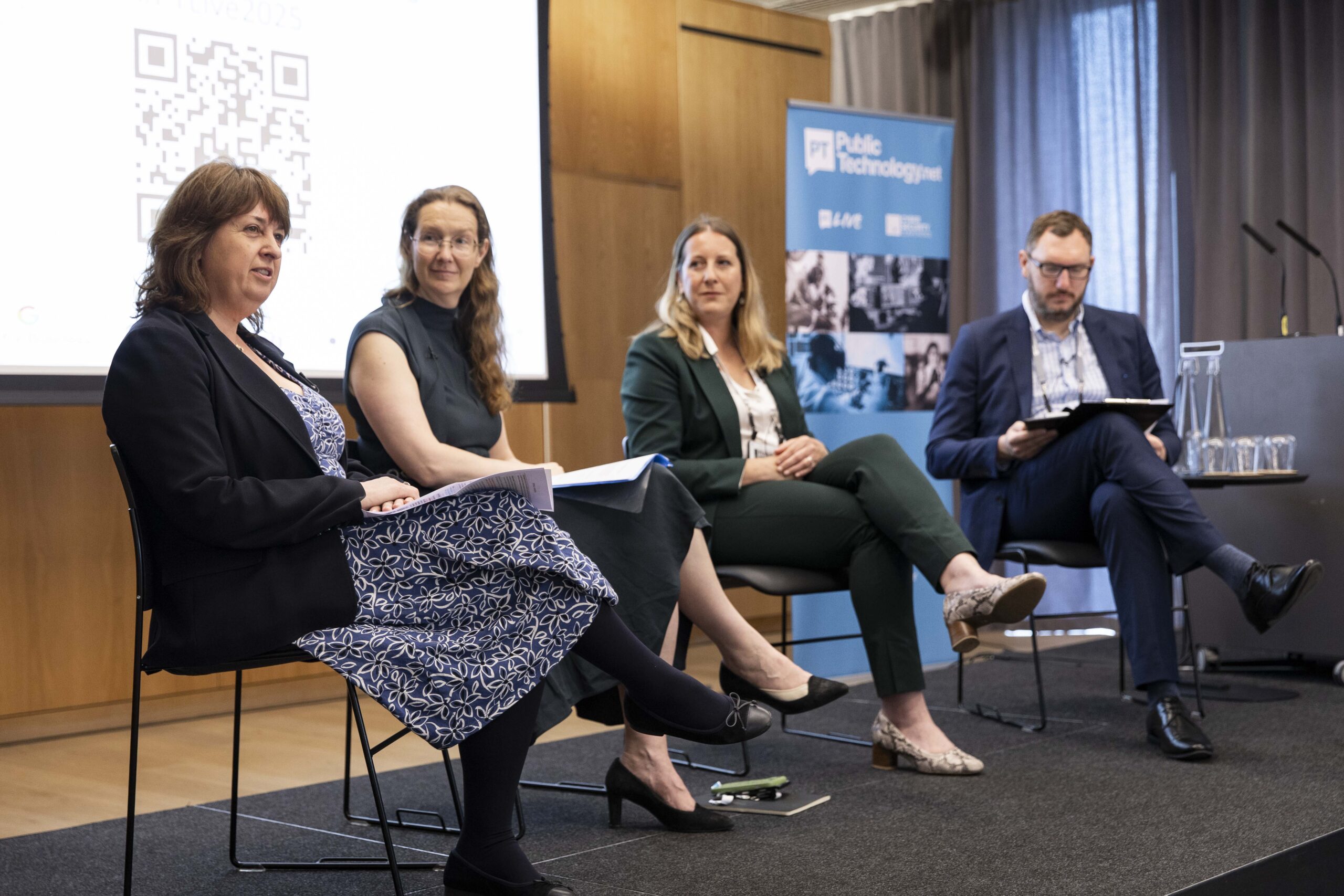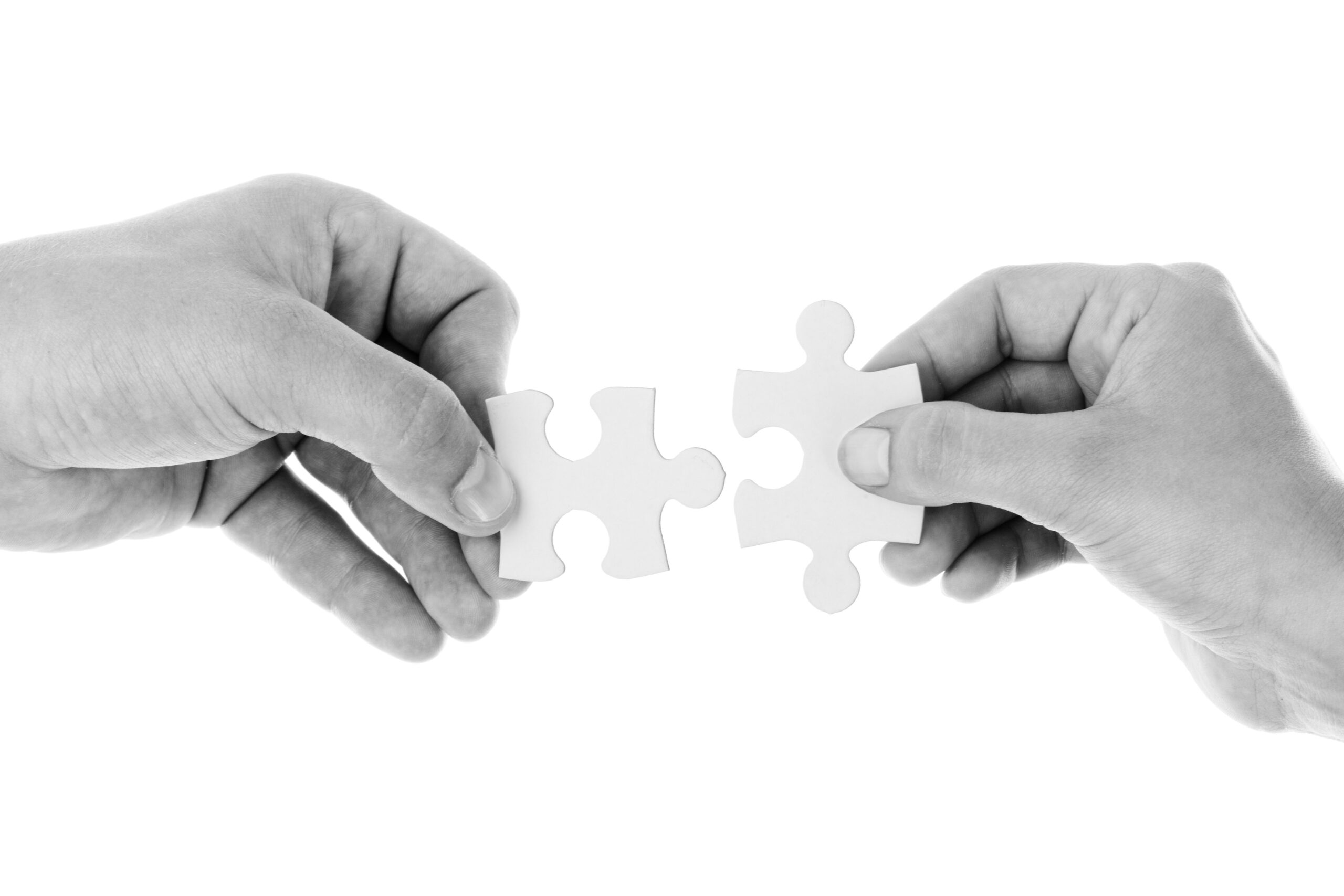After a remodel and reinforcement of Whitehall’s ‘digital centre’, the heads of some of the departments charged with driving government’s planned tech transformation convened at the recent PublicTechnology Live conference
“Like the best digital change, it wasn’t really that – it was business process and operational change, enabled by digital change,” says Susan Acland-Hood, permanent secretary of the Department for Education. “It’s almost a truism to say that putting digital and data at the heart of how we work is already incredibly important – and it is. And it is just going to get increasingly important. But I do think that central insight that it’s not just about sticking a digital thing on the side of your existing service – it’s about thinking about how you work, and how you could streamline, improve, and better focus your service on the needs of the citizen, and use digital to do that – is still the thing that really lights me up about using digital and data.”
The DfE head – whose comments here relate to her previous role leading transformation as chief executive of HM Courts and Tribunals Service – is surely one among many government leaders to find that their recognition of the power of technology has increased in recent years, as its role in their work has also grown.
Such advances in status and significance are reflected by Acland-Hood’s appearance, for the second year in a row, as part of the ‘perm secs panel’ that opened the PublicTechnology Live conference in London last month, bringing together a group of leading Whitehall figureheads to discuss what digital and data means to them and their organisations.
“Things like the pay scales for digital and data – and the influence that GDS has brought to bear in bringing things like that to fruition across government – have been very, very helpful.”
Loveday Ryder, chief executive, Driver and Vehicle Standards Agency
While the import of tech and transformation may not have diminished in the past 12 months, a great deal else has changed. Indeed, the day after PublicTechnology Live 2024 took place a general election was called and, just over six weeks later, a new government was in place.
A few days after that, the incoming administration announced the biggest shake-up of Whitehall’s core digital units since the creation of the Government Digital Service in 2011.
A year further down the line from then and the reimagined and expanded GDS is up and running its new home in the Department for Science, Innovation and Technology, taking on the mantle of the civil service’s ‘digital centre’. Its work is complemented and supported by major new strategies published in recent months, including the cross-department Blueprint for modern digital government and the nationwide AI Opportunities Action Plan. Meanwhile the ambitions set out in these documents are frequently and loudly trumpeted by ministers.
At the DfE “we work very closely with the digital centre and have really good working relationships – and have had through all of the various transitions”, according to Acland-Hood. As the new-look GDS continues to take shape, some question marks remain over the nature of thar relationship– but what will remain is a commitment to adapting and making the best of it.
“There’s an element of us looking at the centre and thinking: ‘Well, whatever shape it is, we’ll find a way of working with it.’ And there’s a bit of just leaning in and making it work,” she added.
“Change is sometimes a bit confusing for people, because of the question of whether what the digital centre is [creating is]: a set of products for the things we really want to do once and do well [across government]; a set of rules for the rest of us to follow; or a set of examples of helpful sharing of learning and good practice…. Or whether they are trying to do something that’s more about catalysing bigger and more comprehensive business-process change across government.

“It does feel like the centres of gravity between those things have shifted over time – but I think they’ve all been components in the mix. And I think what we have to do, as senior leaders in the public sector, is lean in and make this work, and recognise all those things that we have to do that will be better done together.”
G-force
Loveday Ryder, the chief executive of the Driver and Vehicle Standards Agency – who previously spent a decade at the Ministry of Justice – told attendees that, in the days and months immediately after GDS was created 14 years ago, there was “a real impasse between an immovable object and an unstoppable force”. The former being a large ministry that wanted to “let a large outsourced contract with a big systems integrator” and the latter being a new digital unit that “were having absolutely none of it”.
“But once we had learned more about agile and digital, ever since then, there’s been a really strong, productive relationship with GDS – because we’ve understood what they were trying to achieve,” she said.
“Finding a way of transferring any kind of risk – that’s felt by the department that might be giving up its data – to the receiving department can go quite a long way in shifting the balance on data sharing.”
Fiona James, chief data officer, Office for National Statistics
This improved cooperation has been maintained through Ryder’s subsequent roles as CEO of BPDTS Ltd – the former DWP-owned company set up to provide in-house IT services – and, latterly, the DVSA, which has been a ‘pathfinder’ early adopter of some of the new government-wide digital platforms currently being developed by GDS.
“The other thing that has been great with GDS has been the collaboration… [on] digital skills development,” she added. Things like the pay scales for digital and data – and the influence that GDS has brought to bear in bringing things like that to fruition across government – have been very, very helpful.”
The DVSA has also been undertaking its own initiatives to boost its tech expertise, such as creating pathways for employees in other professions – including the likes of vehicle testers and enforcement staff – to “come and have a go at digital and see if you like it and think it might be a career that you’re interested in going into”.
“We have set up that pathway so that people can come and retrain through an apprenticeship,” Ryder added. “We’ve now seen our first people making a career change from physical testing areas into digital. That’s been really helpful, and people have really enjoyed that opportunity as well.”
Statistical stewards
A necessary accompaniment to ‘digital’ – not least in the name of government’s core tech profession and function – is ‘data’.

A key supporter of the collection and use of data across government, and across the country, is the Office for National Statistics. Chief data officer Fiona James told PublicTechnology Live that, much like GDS, her organisation’s role in supporting Whitehall transformation has evolved in recent years.
“Data is absolutely crucial,” she said. “We’ve moved from a system where we’ve had individual databases, through to data warehousing – and now we’re moving into the era of integrated data, and how we can combine analytics, with the cloud, with the kind of capabilities that allow you to bring data together – at scale and quickly. The ONS is very much at the heart of doing that – in particular we’ve been building out a new platform in a Google Cloud environment [the Integrated Data Service], and we’re beginning to explore how we can fully utilise the AI suites as part of that, with 64 AI pilots currently on our register. It’s now about working out which of the those is going to genuinely add business value.”
Despite these advances, James sympathised with audience members who asked what more could be done to overcome what they characterised as the major challenges trying to share information between disparate and siloed systems operated by discrete departments.
“Anyone that has ever tried to share data with another government agency – I feel your pain! It’s not easy,” she said. “Where we need to get to is reviewing data-owner permissions – across government – and lifting up some of the stewardship so that we can curate and steward the data that matters in a much quicker way.”
“Change is not just about sticking a digital thing on the side of your existing service – it’s about thinking about how you work, and how you could streamline, improve, and better focus your service on the needs of the citizen, and use digital to do that.”
Susan Acland-Hood, permanent secretary, Department for Education
The data chief said that working collaboratively is concerned with sharing the burden of the difficulties, as well as the eventual benefits. The ONS’s Integrated Data Service (IDS) platform aims to make a big difference in this regard.
James added: “Generally, the legislation doesn’t tend to be a barrier… I would say it really comes down to ways of working and the risk/reward trade off. Finding a way of transferring any kind of risk – that’s felt by the department that might be giving up its data – to the receiving department can go quite a long way in shifting the balance. One of the things we are progressing through the work we were doing on the [IDS], is putting in place these enterprise-level agreements – so that we’re not just negotiating on a bilateral data-sharing basis. But, instead, we’re looking at the whole data estate in a department, for example, and we’re agreeing a much more broader agreement with one steward who we can interact with in order to take forward the use of that data. That has that has taken a very long time to progress, but we have enabled a couple of these much broader data-sharing agreements with departments, particularly with HMRC and DWP.”




